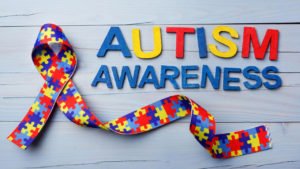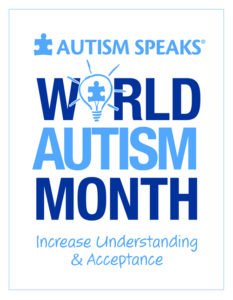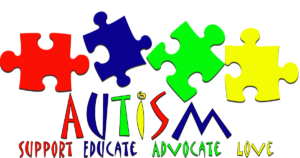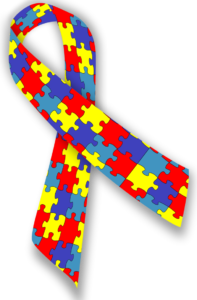
Autism Spectrum Disorder (Autism) is the term used to describe a range of symptoms that can occur in people with Autism. It was first described in 1943 by Dr. Leo Kanner, who identified a lack of interest in others combined with an “unusual interest” in their environment as key characteristics of the disorder. Autism was at the time classified as a mental illness, but Dr. Kanner was able to remove it from the mental illness category.
There is still much we do not know about Autism. However, what we do know is that it is a neurological disorder that affects the way a person communicates and interacts with others. It can also affect their ability to think and learn. There is wide variation in the type and severity of symptoms people experience when they are diagnosed with Autism. This means that people of all genders, races, ethnicities, and economic backgrounds can be affected by Autism.
There are many myths and misconceptions about Autism that continue to circulate. One of the most common is that Autism is caused by vaccines. This myth was first circulated in 1998, when a study published in The Lancet claimed that the MMR (mumps, measles, rubella) vaccine caused autism. However, this study has been discredited and found to be fraudulent.
After the publication of this study, there was a sharp decline in MMR vaccination rates, which led to an increase in measles cases and deaths. In fact, the original study author has since admitted that he falsified the data. Numerous studies have been conducted since then and all have found that there is no link between vaccines and autism.
There is no cure for Autism, but there are treatments that can help improve the symptoms and teach children how to adapt. With early intervention and treatment, many children with Autism are able to live happy and productive lives. If you suspect your child may be affected by Autism, reach out to your pediatrician for a referral to a specialist.
April is Autism Awareness Month 
10 Facts About Autism Spectrum Disorder:
- People are born with ASD and there is no cure for it.
- Autism spectrum disorder now affects 1 in 68 children.
- Boys are nearly 5 times more likely than girls to be diagnosed with ASD.
- Autism spectrum disorder is one of the fastest-growing developmental disorders in the United States.
- Early intervention can improve learning, communication and social skills, as well as underlying brain development.
- ASD is more common than childhood cancer, diabetes and AIDS combined.
- Nearly two-thirds of children with autism between the ages of 6 and 15 have been bullied.
- Nearly 28 percent of 8-year-olds with ASD have self-injurious behaviors. Head banging, arm biting and skin scratching are among the most common.
- Mothers of children with ASD, who tend to serve as the child’s case manager and advocate, are less likely to work outside the home. On average, they work fewer hours per week and earn 56 percent less than mothers of children with no health limitations and 35 percent less than mothers of children with other disabilities or disorders.
- On average, medical expenditures for children and adolescents with ASD were 4.1 to 6.2 times greater than for those without autism.



